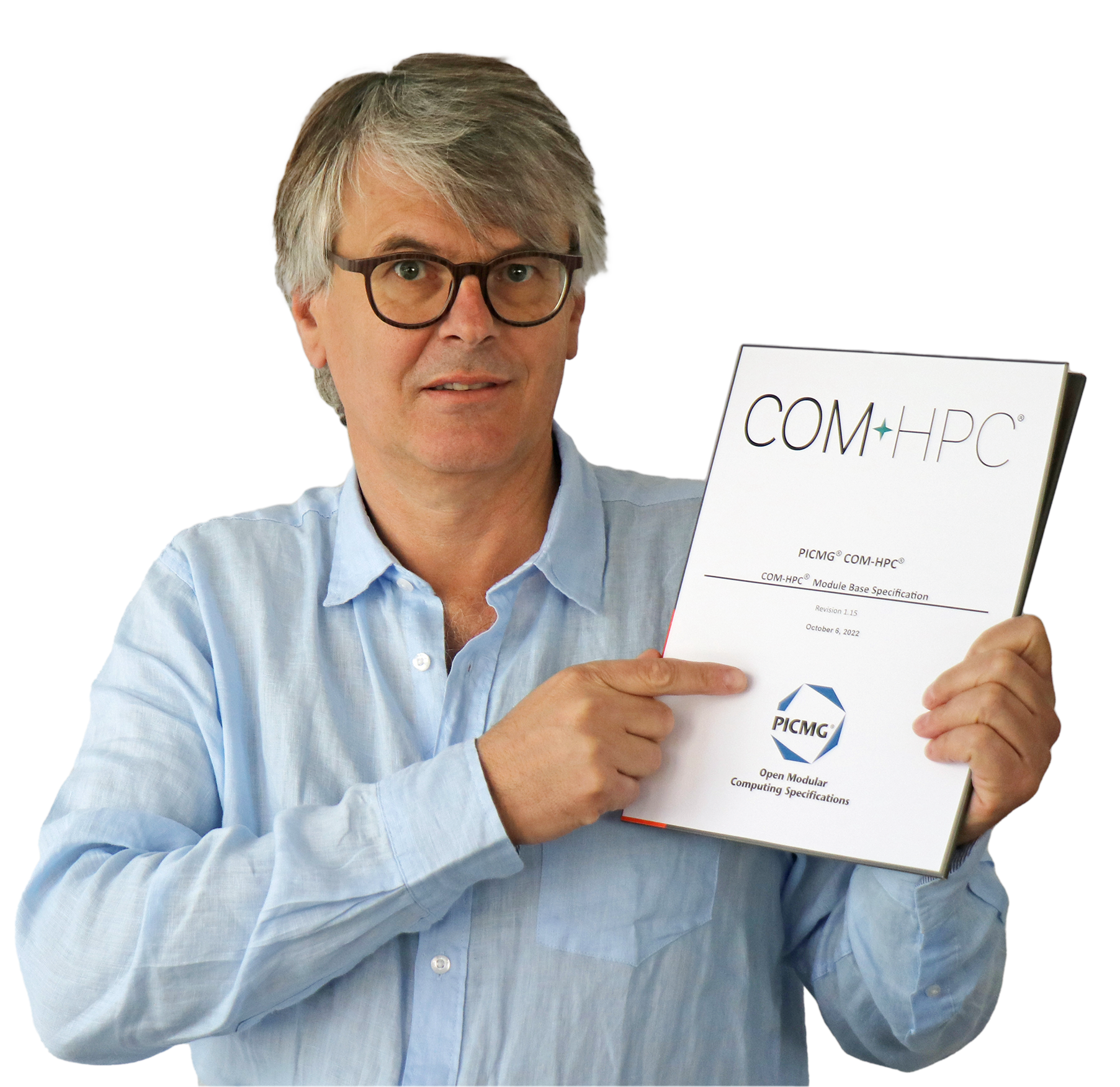COM-HPC Mini - Part 2: The Pinout
As described in the previous blog of this series, the COM-HPC specification now defines a smaller COM-HPC Mini size. The trade off for this shrink is the use of a single 400-pin connector, half the pin count of COM-HPC Client. The pinout was adjusted for the Mini to maintain a maximum of interfaces for low power implementations.
Mini Pinout
Despite having a lower pin count compared to COM Express Type 6, the COM-HPC Mini boasts a rich feature set that includes the latest I/Os like USB4 and SoundWire. It also offers more Ethernet ports, with 2x NBaseT and 2x RGMII shared with PCIe lanes. For connecting mass storage devices, the almost legacy SATA interface is still supported, also sharing PCIe lanes. However, most applications will likely utilize the much faster NVME interface via dedicated PCIe lanes.
To enable the greatest flexibility while conserving pins, 8 high-speed data lanes are shared among DDI (Digital Display Interface), USB 3.x, and USB4. The specification document defines the following standard sharing combinations to reach maximum interoperability:
|
SS Lanes |
Config 1 |
Config 2 |
Config 3 |
Config 4 |
Config 5 |
|
|
SS Lane 0 |
1st DDI |
1st DDI |
1st DDI |
3rd USB4 |
3rd USB4 |
|
|
SS Lane 1 |
||||||
|
SS Lane 2 |
2nd DDI |
1st USB4 |
1st USB4 |
1st USB4 |
1st USB4 |
|
|
SS Lane 3 |
||||||
|
SS Lane 4 |
4th USB 3.x |
4th USB 3.x |
2nd USB4 |
2nd USB4 |
2nd USB4 |
|
|
SS Lane 5 |
3rd USB 3.x |
3rd USB 3.x |
||||
|
SS Lane 6 |
2nd USB 3.x |
2nd USB 3.x |
2nd USB 3.x |
2nd USB 3.x |
4th USB4 | |
|
SS Lane 7 |
1st USB 3.x |
1st USB 3.x |
1st USB 3.x |
1st USB 3.x |
In my next post I will go to the next level and talk about the optimized cooling solutions for COM-HPC Mini. So stay cool and stay tuned...
What’s new in COM-HPC revision 1.20?
Webinar presented by Christian Eder, Director Market Intelligence at congatec and Chairman of the PICMG COM-HPC working group.




